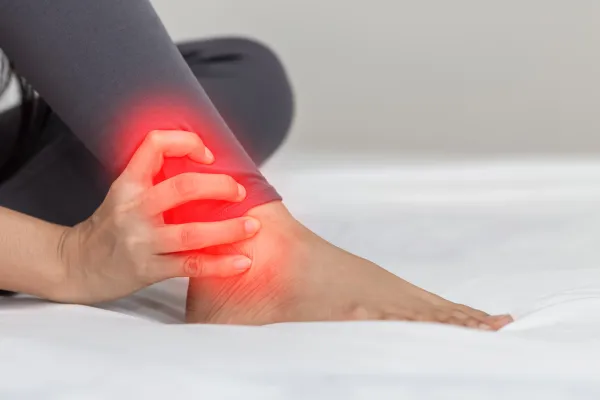Get Specific When Reporting Ankle Pain

Question: A patient presents with pain in the ankle, and the physician performs arthrocentesis without ultrasound. How do I code for this encounter? Idaho Subscriber Answer: The procedure coding is pretty straightforward: report 20605 (Arthrocentesis, aspiration and/or injection, intermediate joint or bursa [e.g., temporomandibular, acromioclavicular, wrist, elbow or ankle, olecranon bursa]; without ultrasound guidance) for the arthrocentesis. Given the lack of details about the ankle pain, however, there is no way to offer you a definitive diagnosis. Use these tips to arrive at the best ICD-10 code(s) for your encounter: A painful ankle can be fairly straightforward to code for, even before a condition such as chronic pain syndrome is diagnosed. The ICD-10 descriptors refer to "pain" in a specific anatomic site, such as: Note: Notice how the sixth digit signifies the anatomic location. For instance, right = 1, left = 2, and unspecified = 9. Although you will have codes for unspecified sides or unspecified joints, always code to the highest specificity. Documentation: Your physician probably already documents the anatomical region where the patient complains of joint pain. You will have a way to reflect this on your claim. Now is the time to review your provider's documentation, to ensure they are accurately noting the specific joint as well as the laterality. This specificity can be particularly important in injury-related claims. Here's how you will locate these codes specific to joint pain in your Alphabetic Index: Extra coding help: You'll find Excludes2 notes with category M25 of ICD-10. For example, reporting any of these joint pain codes with the ICD-10 codes for pain in parts of the patient's limb, such as pain in foot (M79.67-), pain in limb (M79.6-), and pain in toes (M79.67-) codes isn't likely but still possible. Your physician's documentation needs to support this.

